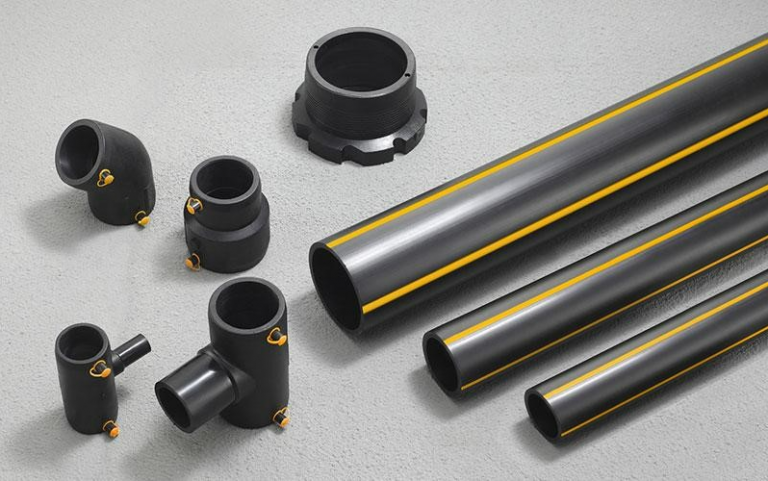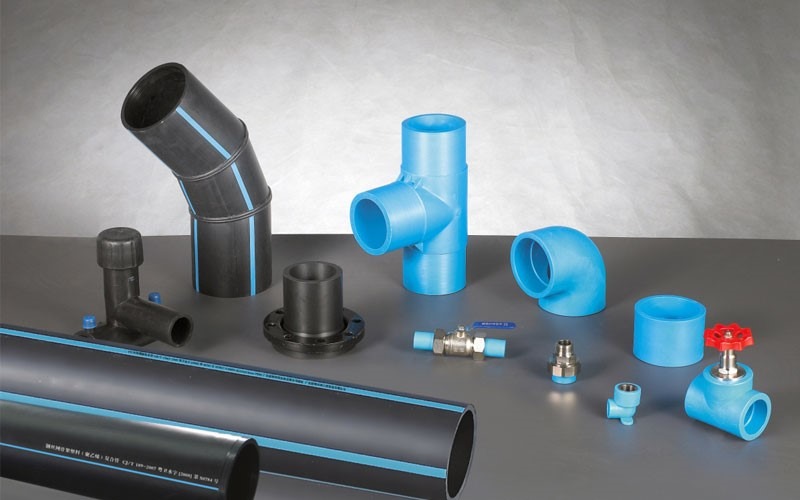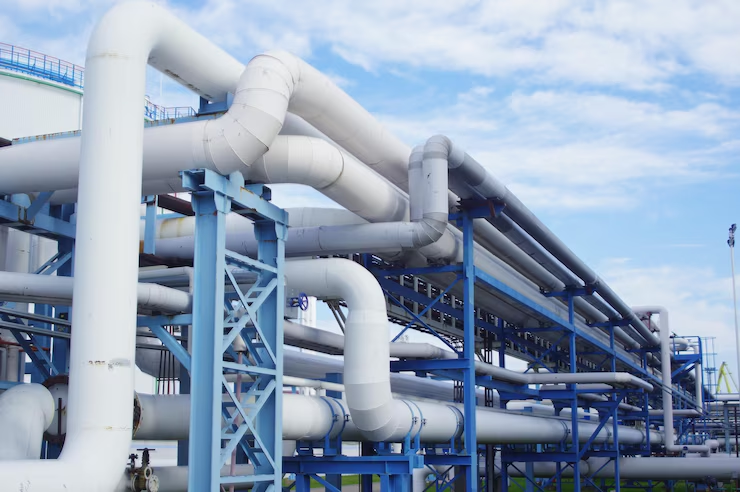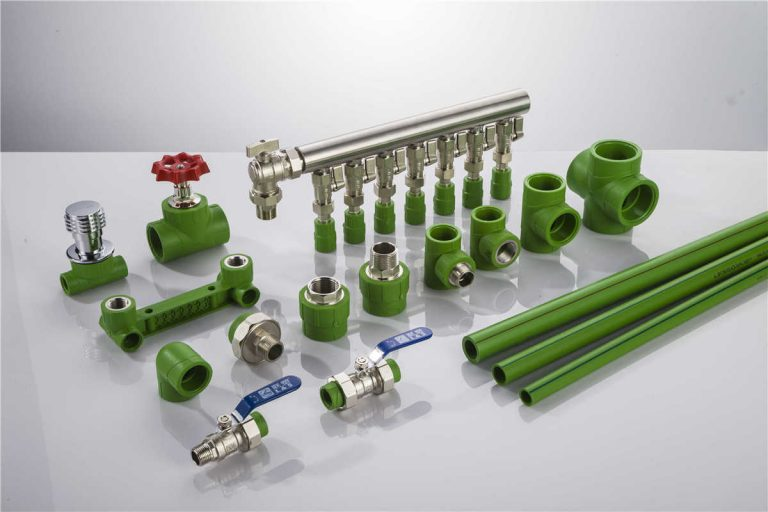TEL
Back

Search
A plumbing pressure test is a crucial step in ensuring the sealing and safety of pipe systems. It helps catch leaks or weak points before you start using the system. Without this important step, hidden faults remaining in the pipes may lead to water waste and safety issues.
Therefore, pipe pressure testing is an indispensable part of construction acceptance. Let's see what the plumbing pressure test is and how it is done.

A plumbing pressure test is a procedure that evaluates the strength and sealing integrity of a pipe system before it is used by applying liquid or gas media at pressures exceeding normal operating levels.
Pipe pressure tests play a critical role in the construction and renovation of any piping system. It aims to catch issues before finishes are applied. Even a small leak may cause potential structural damage, mold, or contamination, but pressure testing ensures that your whole system is safe, leak-free, and ready for use and inspection.
There are two main ways to carry out a pressure test plumbing:
l Water Pressure Testing: How to pressure test a water line? This can be done by filling the pipe with water and pressurizing it to a level above normal operating pressure. The system is then monitored for any pressure drop or visible leaks.
l Air Pressure Testing: Plumbing air testing follows the same approach as water testing but uses compressed air instead. This method is typically used when water is not suitable for testing, like in extremely cold environments or during early construction stages when drainage systems are still not connected.
Now, let's have a look at how you can perform pipe pressure testing water versus air. But before that, here is the basic preparation which needs to be done in both cases.
Before any pipe test begins, the system must be properly set up. Start by closing all water supply valves to isolate the section being tested. Then, make sure the system is clean by flushing out debris, and check that the interior is dry and clear. Gather all required equipment, including a pressure gauge, a booster pump or compressor, and safety gear. A clean, sealed, and prepared system is critical for accurate results.
So, how to test a water line for leaks? Here is the standard method used in most plumbing installations.
l First, block all drainage points to prevent water loss during the test.
l Install a booster pump and connect a reliable pressure gauge at an accessible location.
l Slowly fill the pipes with water. Release trapped air through bleed valves to avoid false readings.
l Once full, raise the pressure to the specified test value, typically higher than the system’s working pressure.
l Observe the gauge or water level closely after reaching the target pressure.
l If the pressure remains steady for the specified duration, it indicates good sealing. A pressure drop indicates a leak that must be fixed before moving forward.
Air pressure testing follows the same core steps as water testing but uses compressed air instead of water. Here is the step-by-step guide to do that:
l Connect the air compressor and pressure gauge securely.
l Gradually increase the pressure to the required level.
l Once the target is reached, shut off the compressor.
l Monitor the pressure gauge throughout the hold period.
Since air leaks are not visible, the test relies only on the stability of the gauge reading. Air pressure testing must be handled with care. Compressed air can be hazardous if fittings or caps fail under load. Use only rated equipment and never stand in front of sealed pipe ends during the test.
Proper installation and accurate testing are important, but they should never be taken as a substitute for using high-quality materials. If the materials themselves are weak, the system may be easy to fail, irrespective of how well it is assembled and tested.
If you are searching for durable plastic pipes, LESSO stands out as one of the most trusted names in the piping and fittings industry. Our wide product range covers from residential water supply to municipal infrastructure and agricultural systems. All of our products go through rigorous quality control systems certified by ISO9001, ISO14001, and OHSAS 18001. Our laboratories are nationally accredited, and we also utilize premium-grade raw materials and implement stringent production controls to guarantee long-term product durability, pressure resistance, and leak-tight performance.
Plumbing pressure tests are essential for detecting hidden faults and confirming the safety of any pipe system. Besides thorough plumbing pressure tests, it's also as important to choose trusted products to ensure long-term performance. LESSO pipes and fittings offer the durability, quality, and engineering you can depend on. Contact us now to order suitable products for your plumbing projects!



